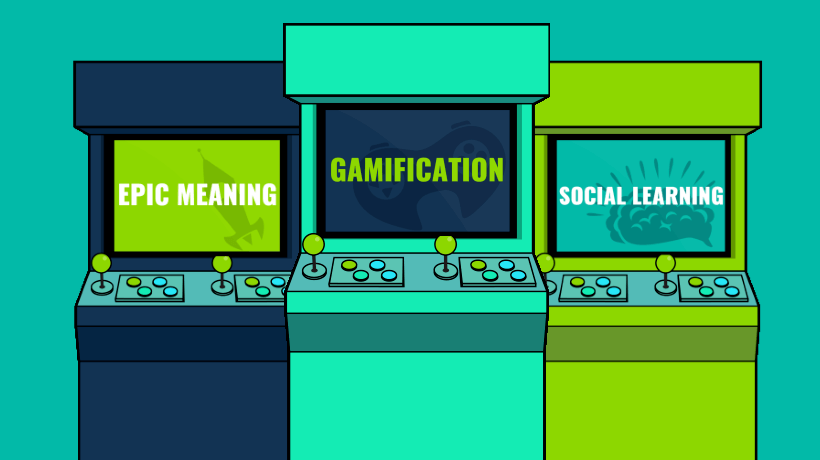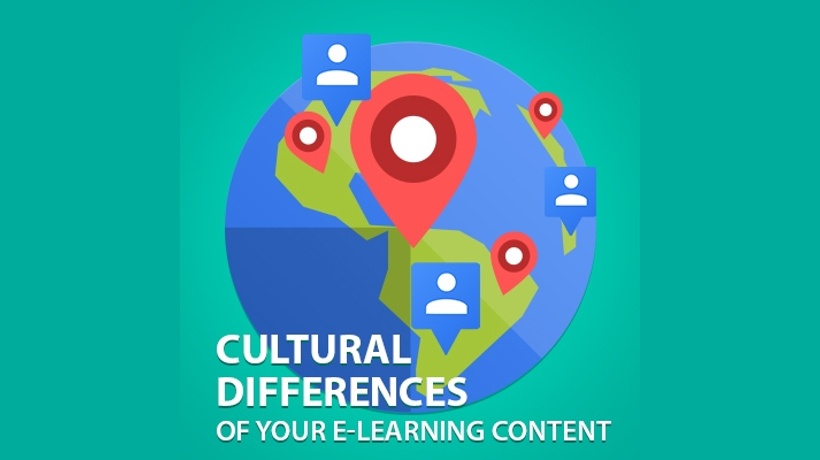Technology Changes. The Meaning Of Learning Doesn't.
For thirty years now, we've been helping organizations learn digitally. Three decades of supporting companies, managers, and teams in their journey of transformation through knowledge. And in those thirty years, everything has changed: technologies, formats, tools, languages, even the way we think about learning. But one thing has remained constant: the need for what we do to make sense.
The Meaning Of Learning In The Age Of Innovation
The Learning and Development (L&D) industry has gone through an enormous transformation. In the early years, the challenge was simple: there weren't enough tools, platforms, or digital skills to make learning accessible. Today, the problem is the complete opposite: there's an abundance of everything. Platforms, simulators, Learning Experience Systems (LXPs), Artificial Intelligence (AI), gamified apps, immersive Virtual Reality (VR) and Augmented Reality (AR) environments, microlearning, adaptive learning, blended formats... you name it, we have it.
And yet, many organizations still struggle. The biggest problem is no longer how to build or launch something, but what to choose from this overwhelming buffet of possibilities. The real question is not what to implement, but what to say no to, so that learning still has meaning.
I see it in daily conversations with clients. There's a growing pressure to be modern, to be innovative, to show that "we're doing something digital." I often hear: "We need AI," "We want VR," "We're looking for something cutting-edge." Sometimes, these words come long before anyone defines a single learning goal. This technological buzz can be intoxicating. It creates the illusion that the newer and flashier, the better.
But innovation without reflection doesn't create value. A high-tech simulator won't fix a weak process. A 3D virtual world won't make people more motivated to learn. Sometimes, what an organization really needs is not another fancy platform, but a simple, well-designed knowledge capsule that helps employees make one real, measurable change. Seeing that requires something rare today: the courage to look deeper than the trend.
Expectation Vs. Decision-Making
Another challenge I notice is the growing gap between expectations and decision-making competence on the client side. Too often, eLearning is treated as a product from a catalog: something you can order, deploy, and check off a list. But eLearning is not a format. It's a strategy. It's a mindset. It's a way of thinking about how people grow, how knowledge flows, how culture evolves.
The hardest part of our work is not creating digital trainings. It's helping our clients understand that effective learning requires process thinking, not project thinking. A course or a platform can't exist in isolation; it has to connect with a broader development ecosystem, with the organization's goals, management style, and values. When learning is detached from context, it becomes just another checkbox on a KPI sheet.
The Importance Of Human Talent
And then there are the people. The third challenge is talent. The market is still missing professionals who can bridge pedagogy, technology, and business. We need people who see learning as an experience, not just as content. People who know how to guide others through change, not just how to design screens. Those who understand that data and analytics can support creativity rather than replace it.
That's why we've been investing in developing eLearning leaders, professionals capable of connecting worlds: HR and IT, creativity and structure, design and analytics. They are the ones who will give meaning to this technological puzzle and bring humanity back into learning. Because technology, on its own, can't save us. It can't fix a culture that discourages reflection. It can't build motivation where trust is missing. It can't teach people to listen; it can only make them speak faster, louder, more confidently, sometimes without purpose.
Conclusion
What really helps organizations grow is critical thinking and humility toward the tools they use. The most successful companies don't win because they have the biggest budgets or the newest technology. They win because they learn faster, adapt quicker, and treat mistakes as part of their learning journey.
Today's eLearning world feels like an endless buffet. Everything looks delicious: shiny, colorful, tempting. But only a few know how to choose what's truly nourishing, what feeds the organization in the long term. The rest are left with a sense of fullness but not satisfaction: too much technology, and not enough meaning.
Maybe that's the real turning point we're living through now. After years of fascination with what's new, maybe it's time to return to the basics. To pause and ask the simplest questions: Why do we teach? What do our people really need? What change are we trying to create? Because when we come back to meaning, to purpose, technology becomes what it was always meant to be: an ally, not a goal in itself. The future of learning won't be defined by tools, but by how wisely we use them.
Perhaps the next great innovation in learning won't come from another algorithm, platform, or headset. It will come from rediscovering the human side of learning: curiosity, reflection, empathy, and the shared experience of growth. That's where the real transformation begins.








